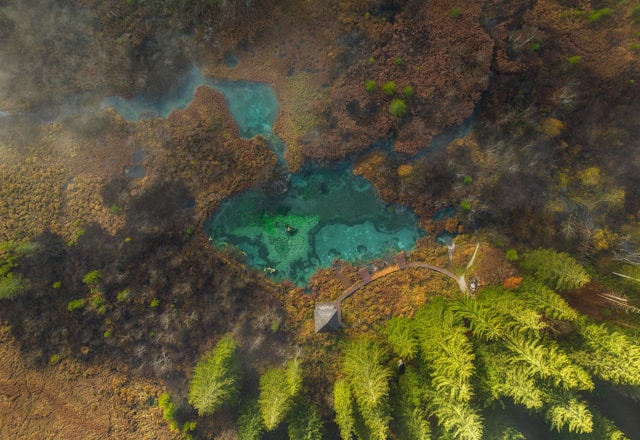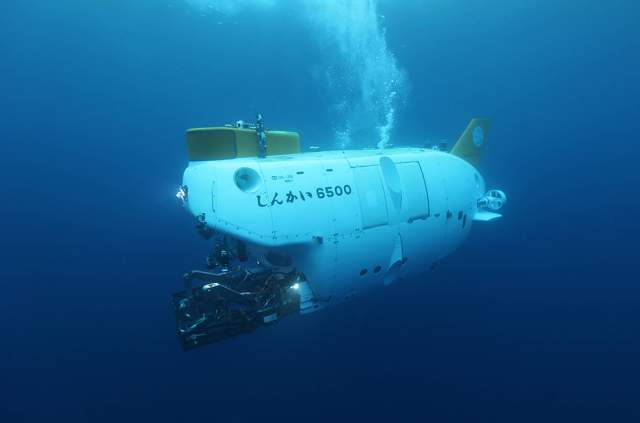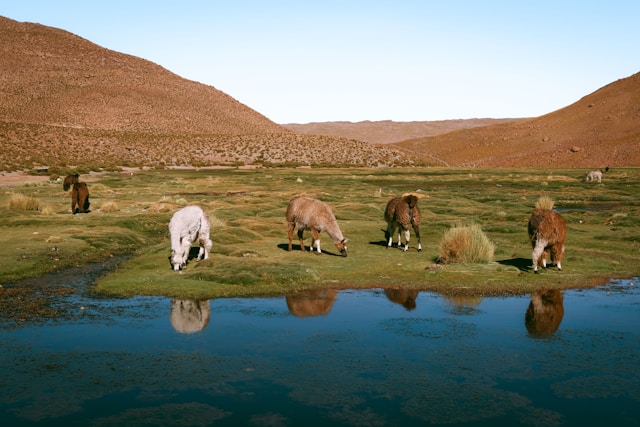Okay, have you ever really stopped to think about how much life on Earth we haven’t even met yet? It’s wild, right? We share this planet with millions of species, but scientists figure that over 80% of life – especially the stuff hiding in our oceans and soils – is totally unknown to us. Crazy! This incredible, mostly invisible web of life is what makes up our planet’s biodiversity, basically, the huge variety of all living things.

Sure, we all know about the big guys like elephants or the stunning coral reefs, but honestly, there’s a whole hidden world just teeming with amazing species, undiscovered plants, and animals. And guess what? They could be holding secrets that might totally change our future. So, how about we take a little journey together to uncover some of these hidden treasures?
The Vast Unknown: Diving into Uncharted Biodiversity
Seriously, the amount of life we haven’t discovered yet is just mind-blowing. Every single year, scientists head out on expeditions, exploring really remote places to find new species. We’re talking the deepest ocean trenches, faraway islands, the tops of rainforest trees, and even the tiny world right under our feet. These biodiversity hotspots? They’re like literal treasure chests. Just imagine the potential locked away in places we’ve barely even poked around in!

And we’re not just talking about slightly different versions of creatures we already know. Scientists are constantly finding newly discovered species changing science. Take extremophiles, for example – these are tiny organisms that thrive in conditions we used to think were impossible for life (like crazy heat, intense pressure, or super acidic spots). Finding them totally rewrote the textbooks on where life can exist. Oh, and then there was the discovery of archaea – a whole new category of single-celled life! That find fundamentally shifted how we understand the tree of life itself. There are likely tons of unexplored species with ecological benefits just waiting out there, each playing some role we don’t even understand yet in the giant puzzle of ecological diversity.
Guardians of Stability: How Unique Species Keep Ecosystems Strong
Here’s the thing: every species, no matter how small or weird it seems, has a job to do. It’s easy to overlook the role of obscure species in ecosystem health, but trust me, what they do is often super important. Think about all the fungi breaking down dead stuff and putting nutrients back in the soil, or those specific insects that are the only ones pollinating certain plants. The impact of lesser-known species on biodiversity is actually huge; they help make everything more resilient and complex.
Understanding how unique species contribute to ecosystem stability is really key. You know, you can kind of picture an ecosystem like an intricate machine. If you take out even one tiny, seemingly unimportant part, it can throw the whole thing off balance in ways you wouldn’t expect. These lesser-known species often fill very specific roles, keeping any one species from taking over and making sure resources get used efficiently. They add to the overall ecological diversity, which makes the whole system tougher when things like diseases or climate change hit. For instance, certain soil microbes are absolutely essential for cycling nutrients, which directly affects plant growth, and then, of course, all the animals that rely on those plants. So, effective habitat conservation isn’t just about saving the big, charismatic animals; it’s about protecting all these complex connections too.
Nature’s Pharmacy: Finding Medical Marvels in Hidden Species
Okay, let’s talk medicine. Nature is basically the ultimate chemist, right? It’s been experimenting with complex molecules for millions of years. Hidden away in the genes of rare and undiscovered organisms is a potential goldmine for new medicines. Researchers are really digging into the innovative uses of rare species in medicine. I mean, think about it – so many of our most important drugs came from nature! Penicillin came from mold, aspirin originally came from willow bark, and even some cancer treatments came from the Pacific yew tree.

There’s a huge focus right now on undocumented plant species with pharmaceutical potentials, especially in places like tropical rainforests where plant diversity is just off the charts. Often, indigenous communities have generations of knowledge about how local plants can be used medicinally, and that knowledge can point scientists in really promising directions. But it’s not just plants! Take marine life, for instance. Cool compounds found in things like sea sponges, tunicates (sea squirts!), and cone snails have led to powerful anti-cancer drugs, anti-inflammatories, and painkillers. We’re also realizing the significant contributions of microorganisms to biodiversity and our own health. Soil bacteria and fungi? They’re the source of countless antibiotics and other vital medicines. Exploring all this genetic diversity gives us real hope for treating diseases that we currently struggle with. Understanding these benefits of conserving hidden species biodiversity is super important for future medical breakthroughs. It’s a pretty compelling reason for wildlife preservation that hits close to home for all of us.
Beyond Biology: Tech Innovations Inspired by Nature
Nature’s cleverness doesn’t stop at medicine; it’s also sparking some incredible technological advances through something called biomimicry. Basically, scientists are studying rare species that can revolutionize technology by copying their unique tricks.
- Spider silk – it’s incredibly strong yet elastic, inspiring totally new materials.
- Gecko feet – how they stick to surfaces has led to new kinds of adhesives and grippers.
- Desert beetles – some have amazing ways to collect water from the air, which could help us design systems for harvesting moisture.
- Bird wings or fish scales – their shapes are super aerodynamic and efficient, influencing how we design vehicles and even buildings.

Even hidden marine species and their secret properties offer cool ideas. Like, the chemistry behind glowing sea creatures (bioluminescence) or the super-black coatings on deep-sea fish? That could lead to new kinds of lighting, camouflage, or optical tech. Similarly, research on nocturnal animals in tropical forests can teach us about advanced senses – like bat echolocation or the infrared vision of snakes – potentially leading to better sensor technology for us. So, the environmental impact of new species discoveries can actually ripple out into brand new tech fields, often giving us more sustainable and efficient solutions based on millions of years of nature’s R&D. Pretty cool, right?
The Urgent Need for Conservation
Okay, so here’s the tough part. Despite all this incredible potential hidden in these species, they’re disappearing incredibly fast. Habitat destruction, climate change, pollution, invasive species… it’s all driving extinctions, sometimes before we even get a chance to discover these organisms, let alone figure out what they can do. Losing them isn’t just sad; it’s incredibly short-sighted. We could be destroying potential cures for diseases, solutions to environmental problems, and keys to amazing new technologies without even knowing it.

We really need effective conservation strategies for endangered unique species, especially the ones that are rare or only live in very specific places. And it takes more than just setting aside parks; we need active habitat conservation, efforts to restore damaged areas, and, importantly, tackling the root causes driving biodiversity loss. We need solid conservation biology practices that are guided by ongoing research. Making sustainable practices to protect unknown species a global priority is crucial. This means things like reducing our consumption, managing resources more wisely, seriously addressing climate change, and stopping invasive species from spreading. Protecting those biodiversity hotspots is especially critical because they hold so many unique and often threatened species. The benefits of conserving hidden species biodiversity really do go way beyond the species themselves – they help secure the natural systems and potential resources we all rely on.
Conclusion: Embracing the Unknown for a Better Future
So, what’s the bottom line? These hidden treasures of our planet’s biodiversity are like a massive, untapped library filled with knowledge, solutions, and just pure wonder. From keeping the ecosystems we depend on stable, to giving us new medicines and inspiring game-changing technologies, these lesser-known and undiscovered species have so much value. Species discovery isn’t just for scientists in labs; it’s actually a vital part of understanding and protecting our world and unlocking potential for a brighter future for everyone.
But, honestly, this potential is fragile. We’re really at a point where doing nothing could mean losing these treasures forever. Supporting biological research advancements, pushing for strong wildlife preservation policies, and just making conscious choices in our own daily lives to lessen our impact on the environment – these are all really important steps we can take. Let’s try to embrace the mystery, champion the cause of conservation, and work together to protect all life on Earth – the stuff we see and all the amazing stuff we haven’t even found yet. What part will you play in helping preserve these hidden wonders?
